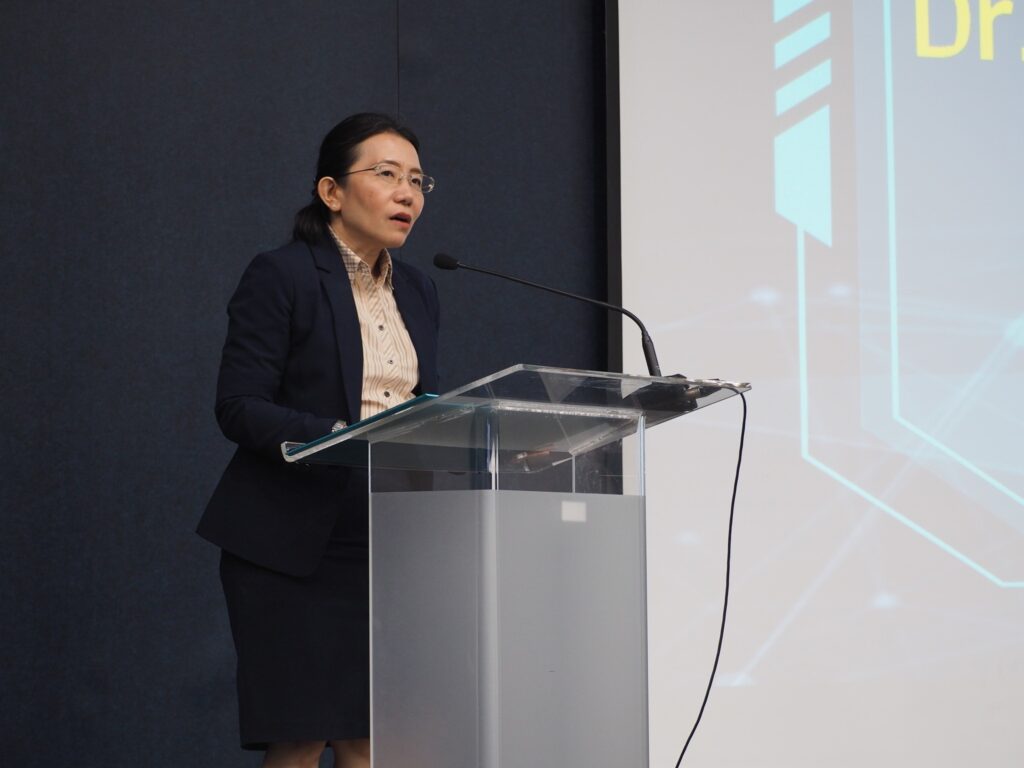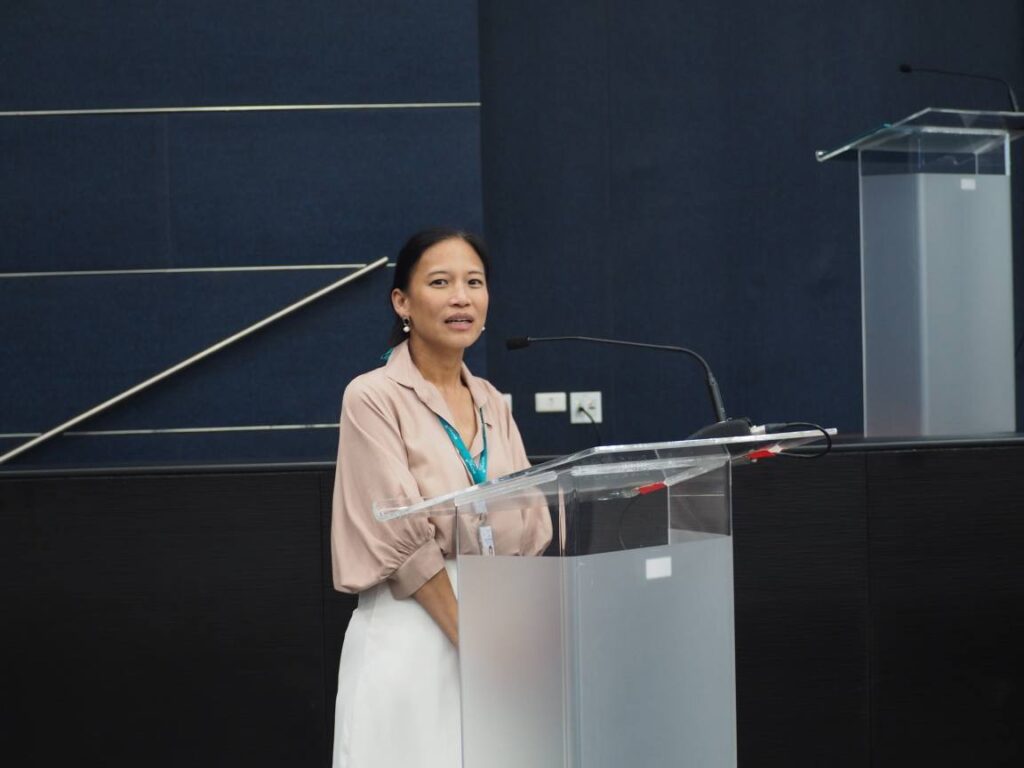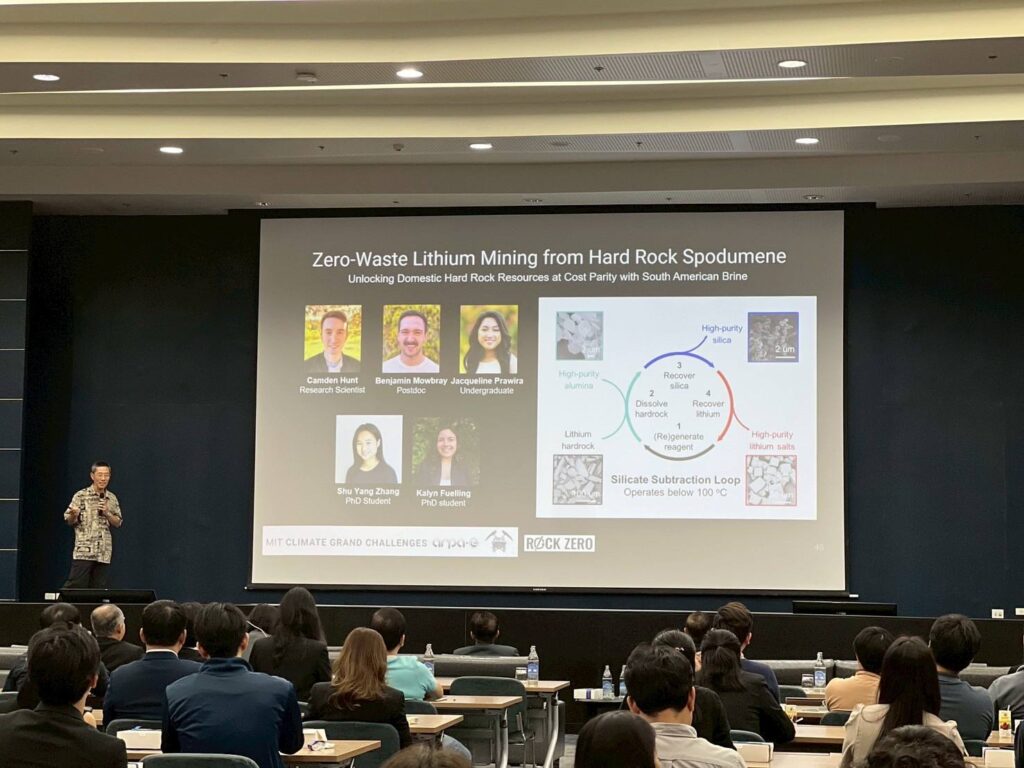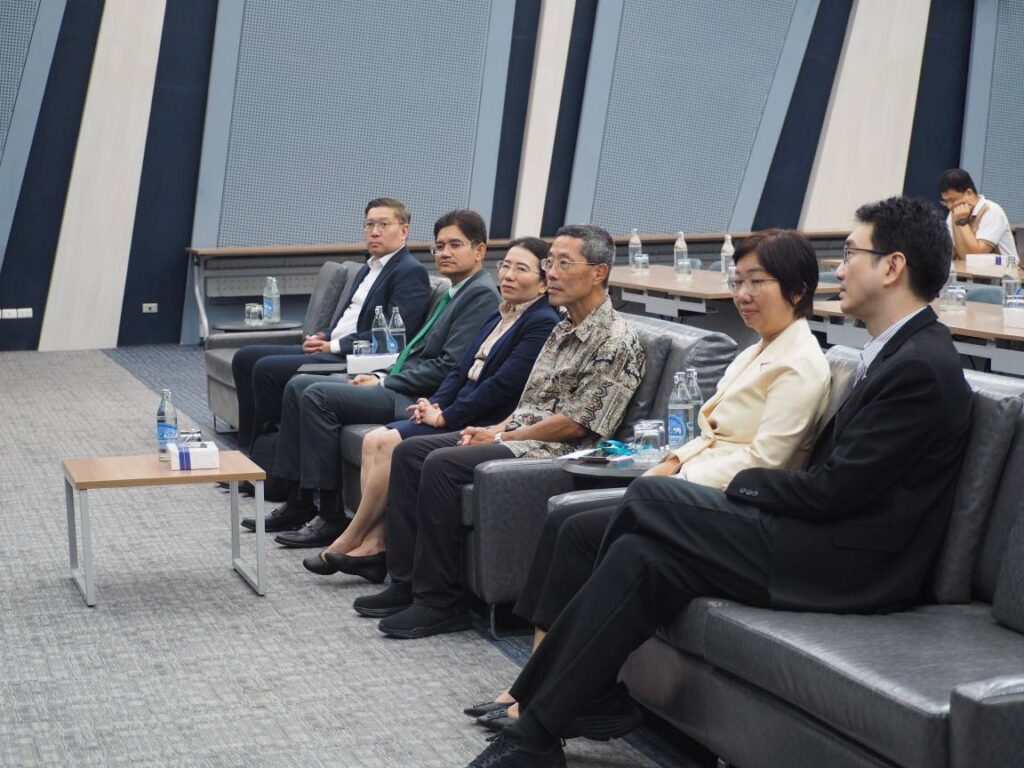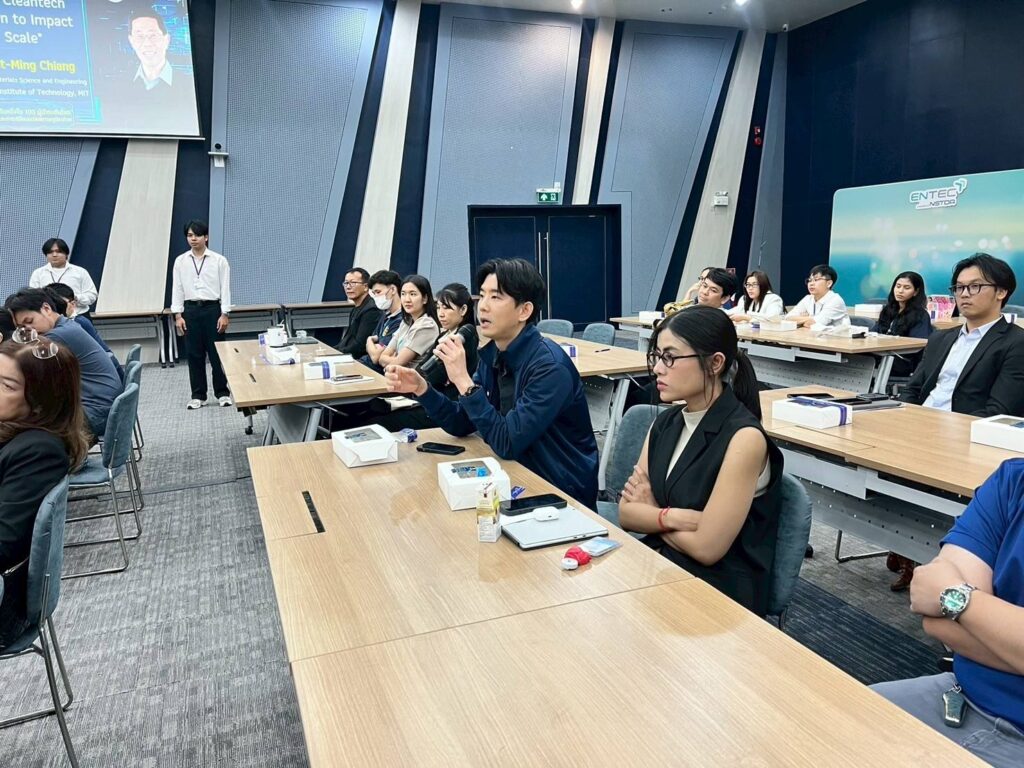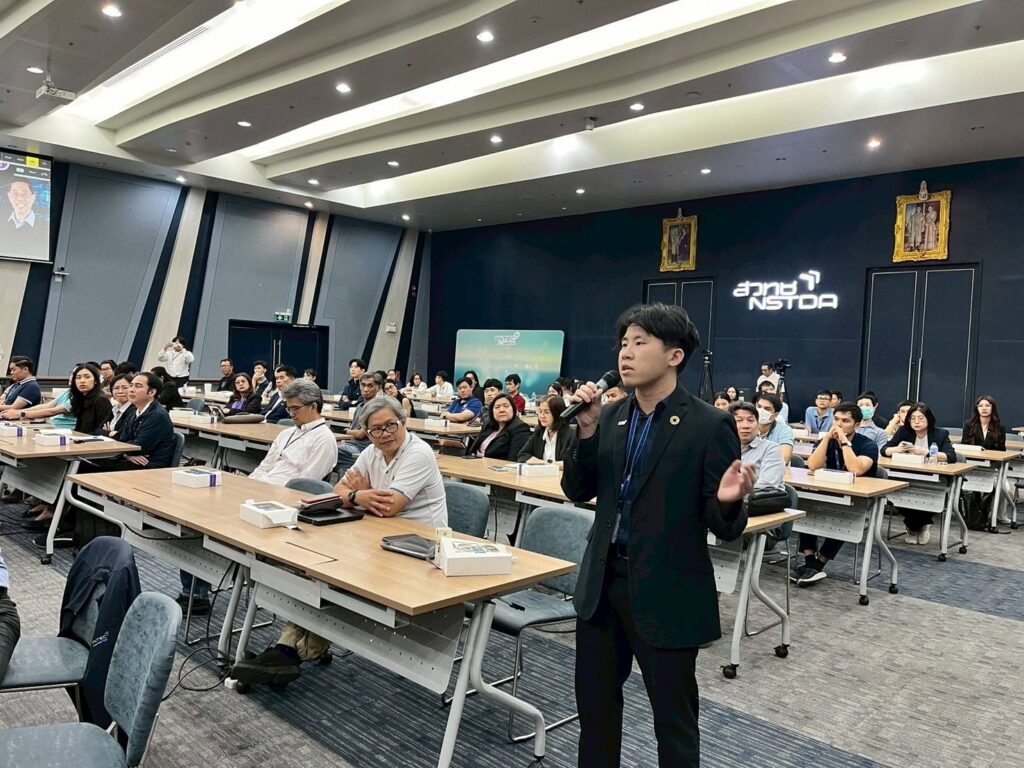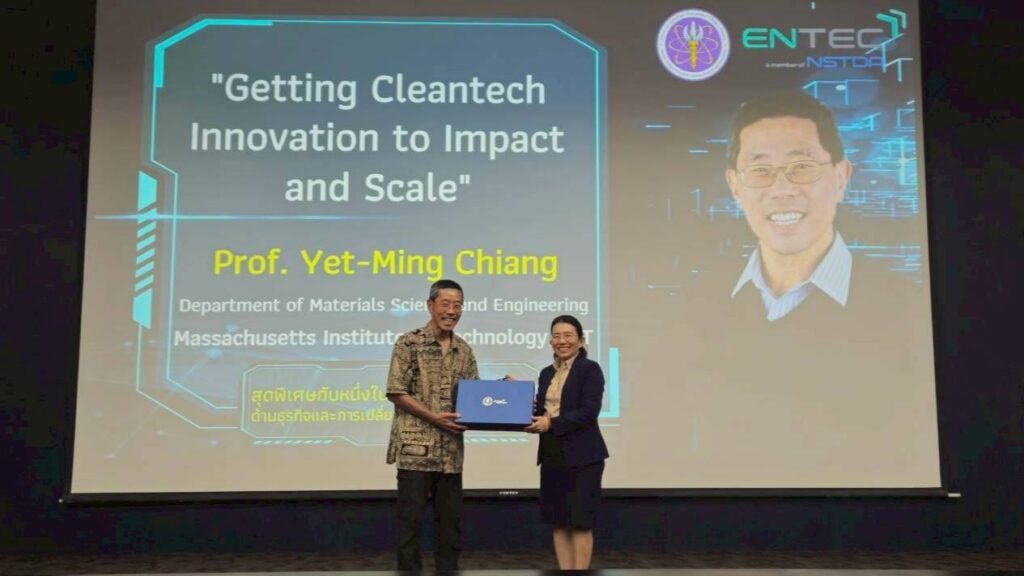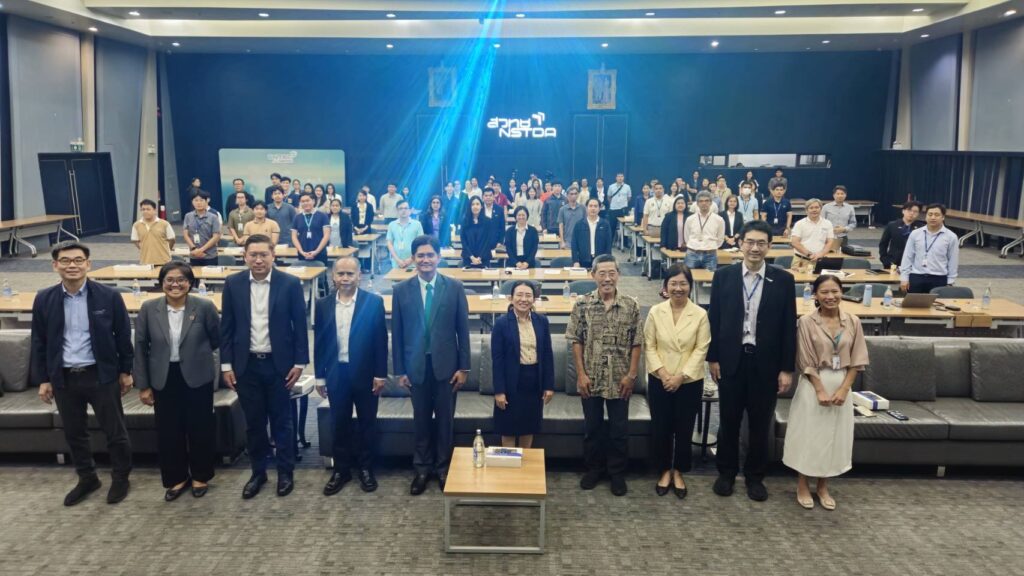On August 21, 2025, at the SD-601 Conference Room, Thailand Science Park
The National Energy Technology Center (ENTEC), under the National Science and Technology Development Agency (NSTDA), organized a High-Level Executive Talk on “Getting Cleantech Innovation to Impact and Scale,” delivered by Professor Yet-Ming Chiang from the Massachusetts Institute of Technology (MIT). Prof. Chiang has been recognized as one of “The 100 Most Influential Climate Leaders in Business 2023” by Time Magazine and featured in “The Inaugural Sustainability Leaders List 2024” by Forbes Magazine, highlighting his profound contributions to sustainable technology and climate solutions.
The event was opened by Dr. Sumittra Charojrochkul, Executive Director of ENTEC, who warmly welcomed the speaker and attendees. In her remarks, she emphasized the importance of translating research and innovation into real-world impact, especially through the development of environmentally friendly technologies that foster long-term sustainability.

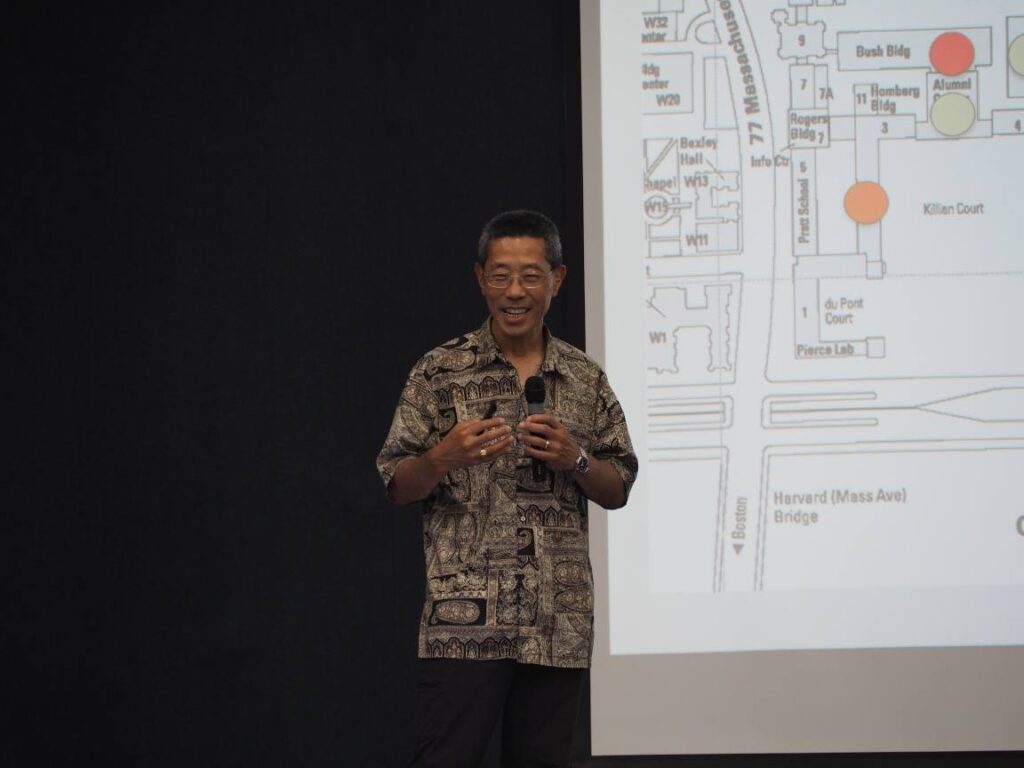
Prof. Chiang is a pioneering figure in the clean energy sector with decades of experience, earning recognition as a global leader in business and climate transformation. He has founded numerous world-renowned cleantech companies, including American Superconductor Corporation (1987), A123 Systems (2001), 24M Technologies (2010), Desktop Metal (2015), Form Energy (2017), Sublime Systems (2020), and Propel Aero (2023). Notably, A123 Systems, one of the world’s major lithium iron phosphate (LFP) battery producers, originated from his breakthrough research in lithium-ion battery technology aimed at solving electricity generation challenges. Today, LFP batteries are the dominant battery technology in electric vehicles.
During his special talk, Prof. Chiang highlighted four promising clean technologies that will drive future transformation:
1. Iron-Air Batteries
These batteries offer the lowest cost per unit of energy among all battery types, leveraging the world’s well-established global iron industry and scalable manufacturing technologies. In the United States, pilot production and deployment have begun at the 1GWh scale, with ambitious plans to scale up to 100 TWh by 2050. The production process utilizes the Direct Reduced Iron (DRI) methodology to manufacture Fe-air batteries, categorized under Long-Duration Energy Storage solutions.
2. Decarbonized Cement Production
Cement manufacturing is one of the top four industrial sources of greenhouse gas emissions, alongside steel, ammonia, and ethylene. Prof. Chiang presented a breakthrough approach using electrolysis to dramatically reduce CO₂ emissions in cement production.
3. Sodium-Air Fuel Cells
These fuel cells are designed for applications requiring high energy density and low-cost electricity generation, with strong potential for use in the aerospace industry, including small aircraft, large electric vessels, and electric rail systems.
4. Zero-Waste Lithium Mining
Implementing the Silicate Subtraction Loop process, which operates at temperatures below 100°C, helps eliminate waste in lithium extraction operations and create more sustainable mining practices.
